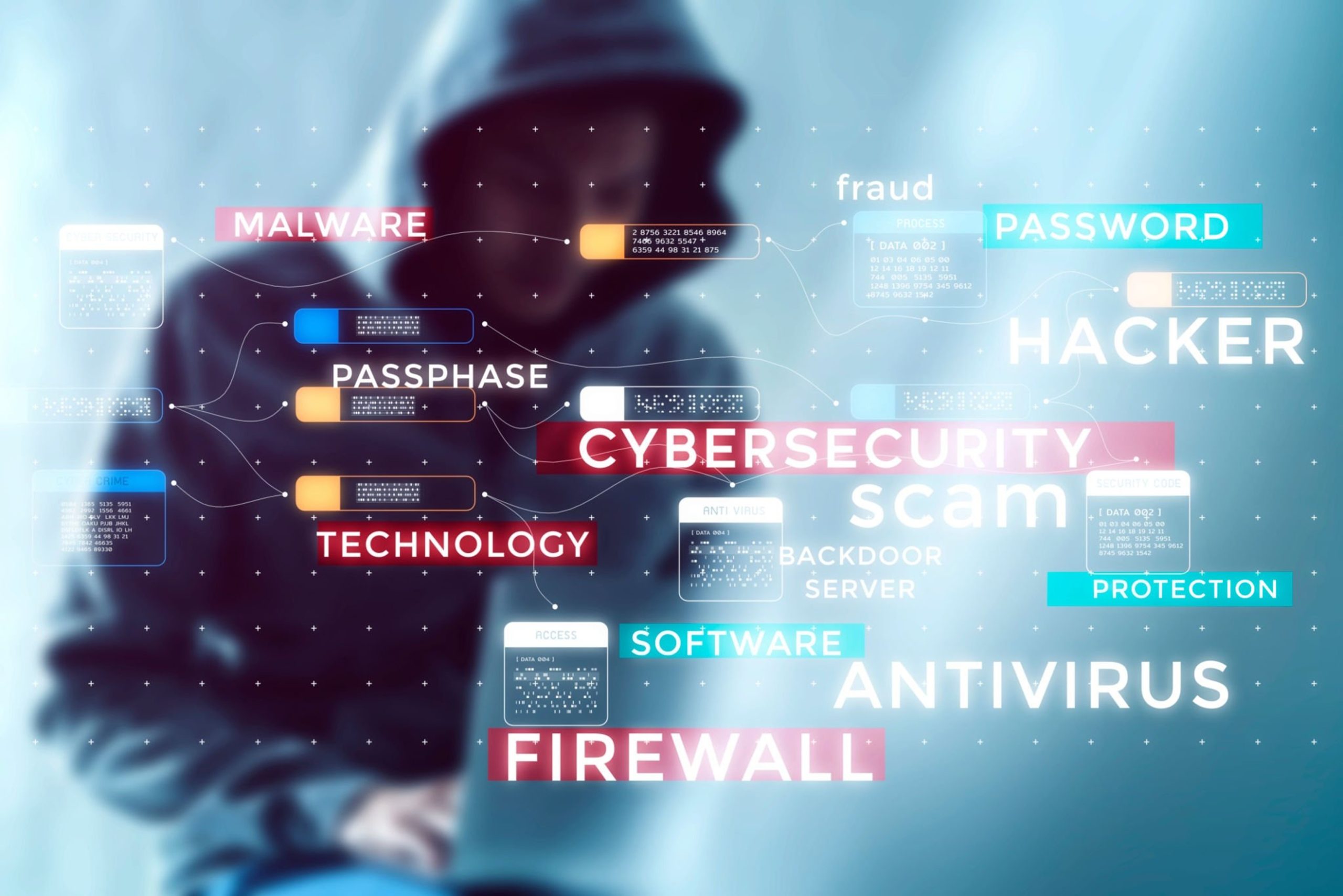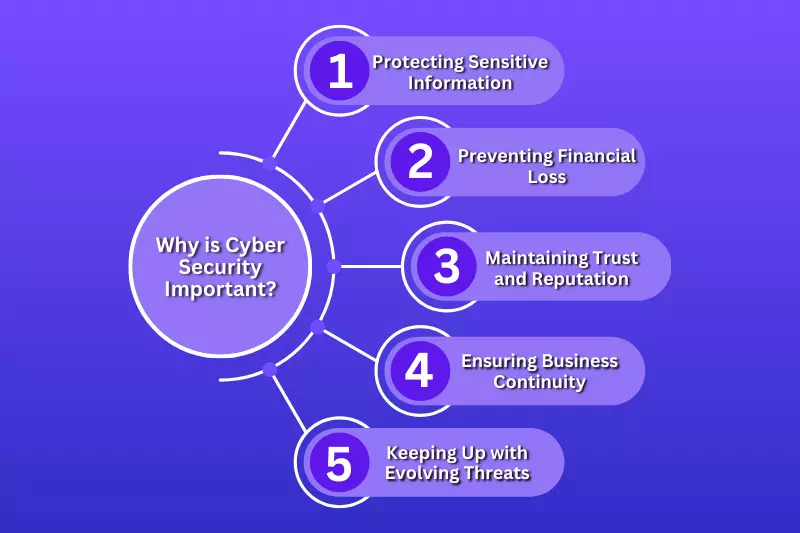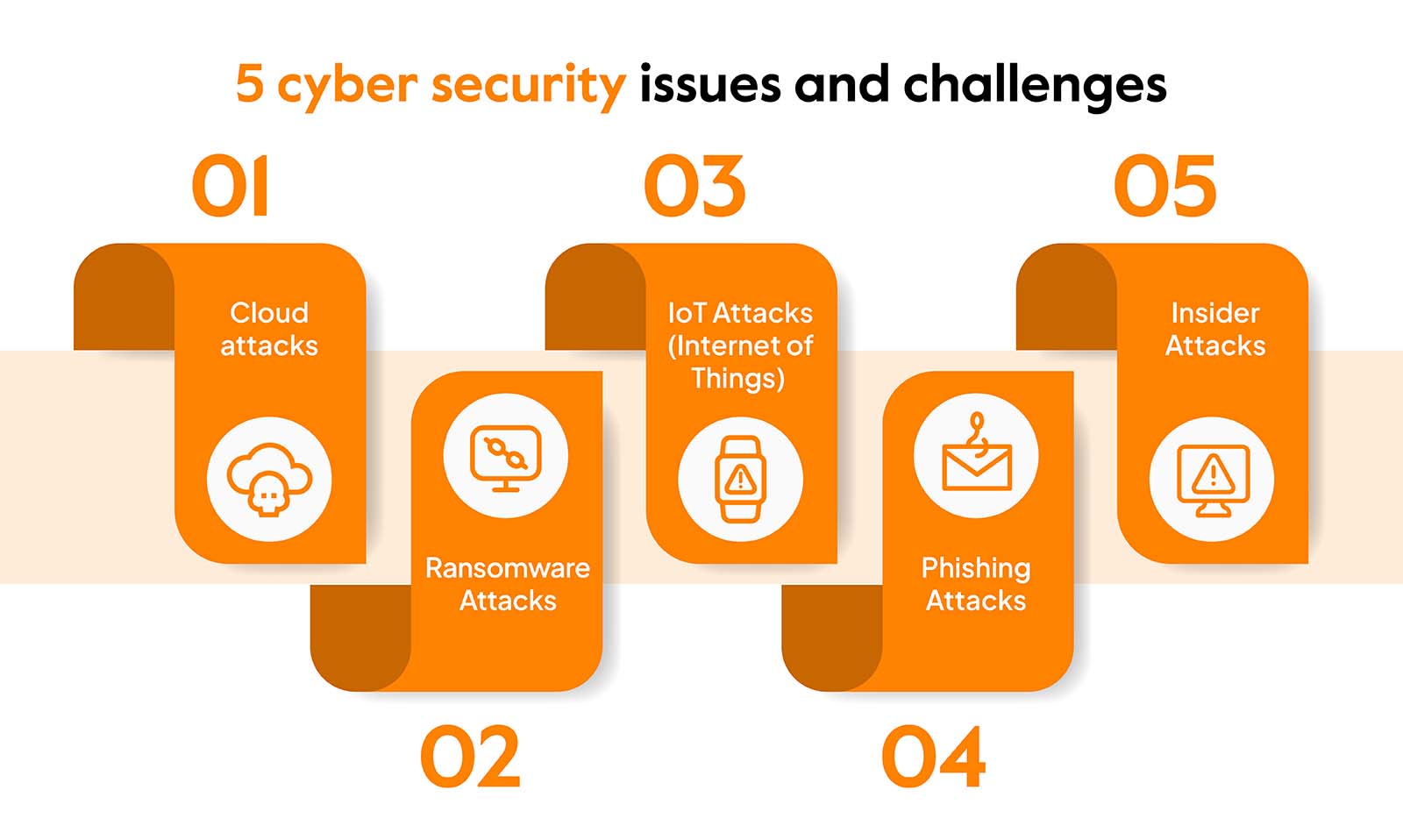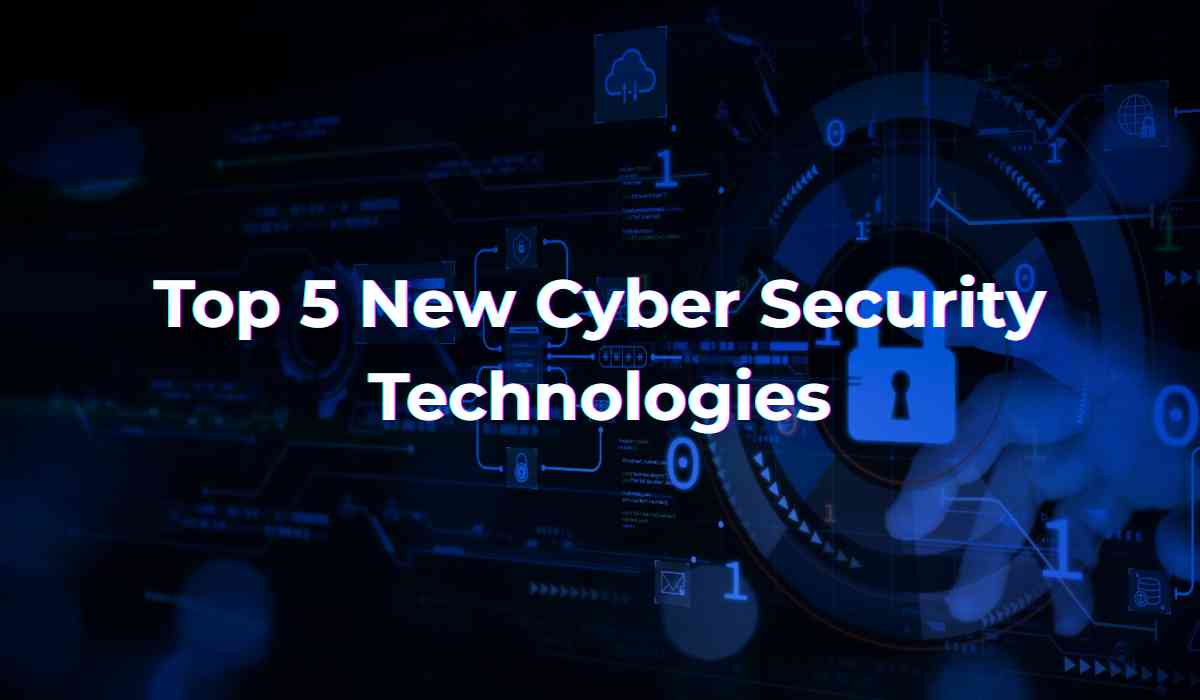In today’s rapidly digitizing world, cybersecurity is no longer just an IT concern — it’s a critical business imperative. Cyber threats are escalating in both frequency and sophistication, targeting individuals, corporations, and governments alike. As we move deeper into 2025, staying ahead in the cybersecurity landscape demands more than reactive measures; it requires a proactive embrace of cutting-edge technologies and a vigilant understanding of emerging cyber trends.

Why Adopting the Latest Cybersecurity Technologies Is Crucial
As digital transformation accelerates worldwide, cybercriminals are leveraging increasingly sophisticated tactics to breach defenses. The stakes are higher — data breaches can cause massive financial losses, irreparable reputational damage, and expose organizations to significant legal liabilities.
Rising Threats in the Digital Era
-
Phishing Attacks: Highly targeted emails and communications trick users into revealing credentials or downloading malware.
-
Ransomware: Malicious software that encrypts data and demands payment for decryption.
-
Social Engineering: Psychological manipulation techniques that exploit human behavior to gain unauthorized access.
-
Internet of Things (IoT) Attacks: Exploiting vulnerabilities in interconnected devices in homes and enterprises.
The evolving nature of these threats demands that individuals and organizations continuously update their cybersecurity approaches. Adopting the latest technologies is not optional anymore — it is a necessity to strengthen security posture and prevent breaches that could disrupt business operations and compromise sensitive data.

Six Reasons Cybersecurity Trends and Challenges Cannot Be Ignored
-
Increasing Attack Complexity
Cybercriminals now use stealthy fileless malware and multi-stage campaigns that evade traditional signature-based detection. By monitoring trends, organizations can implement proactive defenses such as behavioral analytics and zero-trust models that detect anomalies and reduce response times. -
Protecting Organizational Reputation and Stakeholder Trust
High-profile breaches erode trust among customers, partners, and investors, often triggering lawsuits, regulatory fines, and long-term damage to brand equity. Tracking cybersecurity trends enables early threat detection, transforming security investments into brand protection rather than mere expenses. -
Navigating Regulatory Compliance and Legal Mandates
Global regulations like GDPR and HIPAA impose strict data handling requirements and harsh penalties for breaches. Evolving ransomware tactics test these controls continuously. Staying updated with cybersecurity trends ensures that defenses meet or exceed compliance standards, avoiding costly fines and legal repercussions. -
Securing the Expanding Remote Workforce
The rise of telecommuting and flexible work introduces new vulnerabilities as employees access sensitive systems from home or public networks. Keeping current on cybersecurity challenges enables deployment of robust endpoint security, secure VPNs, and zero-trust frameworks to reduce risk. -
Mitigating Escalating Financial Impact
Cyber incidents, especially large-scale ransomware attacks, can cripple entire enterprises with direct financial losses and indirect costs such as brand erosion and diminished customer loyalty. Regular trend analysis ensures cybersecurity budgets align with actual threat landscapes, minimizing downtime and accelerating recovery. -
Urgent Need for Effective Vulnerability Management
Failure to maintain up-to-date patching leaves critical security flaws exposed. Monitoring trends like exploitation of unpatched virtual appliances empowers organizations to prioritize fixes and enhance cyber resilience through vigilant vulnerability scanning.

Spotlight on the Latest Cybersecurity Technologies Transforming the Industry
As cyber threats evolve, so too do the technologies designed to combat them. The following innovations are shaping the future of cybersecurity in 2025 and beyond:
1. Artificial Intelligence (AI) and Machine Learning (ML)
AI and ML are revolutionizing cybersecurity by analyzing vast datasets to detect threat patterns and predict potential attacks with unprecedented speed and accuracy. These technologies enable real-time threat identification, automated incident response, and continuous learning to adapt to new attack vectors.
Infact, some traders have even started involving it in their trading such as platforms like cryptotactofficial.com
2. Behavioral Biometrics
This emerging technology leverages machine learning to analyze unique user behaviors—such as typing rhythm, mouse movements, and navigation patterns—to authenticate users and identify unauthorized access attempts. Behavioral biometrics provide an additional security layer, particularly useful against account takeover attacks.
3. Zero Trust Architecture
Zero trust operates on the principle that no user or device is inherently trustworthy, even those inside the network perimeter. Every access request requires strict identity verification, drastically reducing the risk of insider threats and lateral movement by attackers. This model is gaining widespread adoption as cyberattacks become more sophisticated.
4. Blockchain Technology
Beyond cryptocurrencies, blockchain’s decentralized and immutable ledger can secure sensitive data storage by eliminating single points of failure. Its transparency and cryptographic protections make unauthorized data access extremely difficult, promising enhanced security for transactions and information sharing.
5. Quantum Computing
Though still nascent, quantum computing holds the promise of solving complex cryptographic problems far faster than classical computers. It could revolutionize encryption methods and cybersecurity protocols, ushering in a new era of data protection—while also presenting novel challenges that demand new defenses.
6. Cloud Security Innovations
As businesses increasingly adopt cloud infrastructure, securing these environments becomes paramount. Advanced cloud security technologies include multi-factor authentication (MFA), strong encryption methods, and granular access controls that safeguard cloud-stored data against breaches and unauthorized access.
7. Internet of Things (IoT) Security
With IoT devices proliferating in homes and enterprises, these endpoints are attractive targets for cybercriminals due to often weak default security. Emerging IoT security solutions focus on device encryption, access management, and continuous monitoring to protect both the devices and the data they generate.

The Ongoing Journey of Cybersecurity Vigilance
Cybersecurity is an ever-evolving battlefield where the stakes grow higher each day. Staying ahead of cyber threats demands a deep understanding of emerging technologies and trends. The innovations highlighted—ranging from AI-powered defenses to zero trust architectures and blockchain—are pivotal in building resilient security postures.
As the cyber threat landscape continues to shift, new tools and strategies will undoubtedly emerge. The best defense is a forward-looking approach that embraces innovation, continuously monitors emerging threats, and adapts defenses accordingly.
For individuals and organizations alike, cybersecurity is not a one-time effort but an ongoing commitment. Prioritizing investment in the latest technologies and staying informed on trends ensures your data remains protected and your operations secure amid the challenges of today and the uncertainties of tomorrow.
If you want your cybersecurity strategy to be future-proof, start integrating these technologies and monitoring these trends today. Because in the world of cybersecurity, staying still means falling behind—and falling behind is no longer an option.
With inputs from agencies
Image Source: Multiple agencies
© Copyright 2025. All Rights Reserved Powered by Vygr Media.























